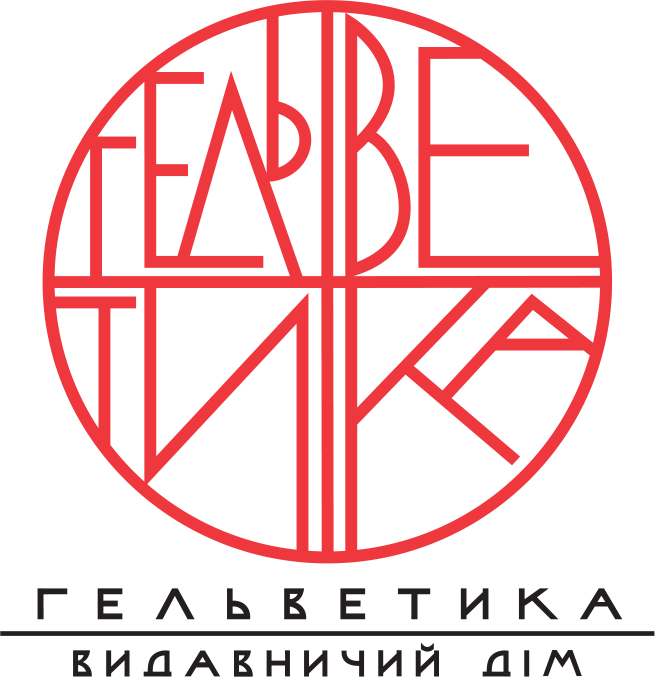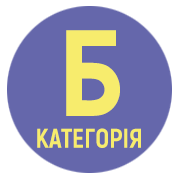THE WORK OF OLEKSANDR DIDYK: TRADITIONAL AND NEW FEATURES IN BLACKSMITHING
DOI:
https://doi.org/10.32782/uad.2025.2.9Keywords:
ornament, decorative art of Bukovyna, metal sculpture, 20th-21st centuriesAbstract
The purpose of the article is to analyze the work of the Bukovyna artist-blacksmith Oleksandr Didyk, whose style of work evolved from traditional folk craft to modern form-making. The scientific novelty lies in highlighting the artistic heritage of the famous blacksmith of Bukovina, studying the main stages of his work and his role in the revival of blacksmithing in the region at the end of the 20th century, and introducing the artist's works and little-known facts of his biography into scientific circulation. Oleksandr Didyk (1950‒2016), Honored Master of Folk Art of Ukraine (2006), came from a dynasty of blacksmiths and was one of the most original metal artists of Bukovyna in the 1980s‒1990s, in whose work blacksmithing transformed from a craft into an art, and products in the form of decorative gates, panels, lamps and candlesticks became a significant element of interior decoration.Combining traditional forging with the search for new modern forms and compositional solutions in metalwork, and woodcarving, characteristic of the folk art of the region, with forged elements and embossing using mostly stylized plant forms (mallows, roses, apple blossom) and tree of life motifs in the decor, he sought to reveal the plastic properties of materials („Birds“, 1985). The 1980s and 1990s were particularly fruitful in the master's work, when he not only initiated and developed a unique synthesis of traditional hot forging techniques and innovative methods in metal processing, but also contributed to the formation of a center for the blacksmith community of Bukovyna and represented this art at all-Ukrainian exhibitions. In the Chernivtsi organization of the Union of Artists of Ukraine, in the mid-1980s O. Didyk headed the direction of manufacturing forged products. In the 2000s and 2010s he worked on the production of architectural metal (lattices, fences, handrails, fireplace sets), participated in blacksmith festivals in Ivano-Frankivsk.
References
Semerak G., Bohmann K. Umelecke kovarstvi a zamecnictvi. Praha: SNTL, 1979. 255 s.
Міщенко І. Чернівецька організація Національної спілки художників України. Національна спілка художників України. 1991-2001. Київ : Дирекція виставок НСХУ, 2002. С. 146‒147.
Буковинське малярство. 2002-2003. Чернівці : Склавія, 2003. 12 с.
Етапи великого шляху (обласна художня виставка живопис, графіка, скульптура, декоративно-прикладне мистецтво): каталог. Чернівці : Облвидав, 1987. 7 с.
Орнаментальне ковальство. ІІ-а регіональна виставка 4-16 травня 2003 року: каталог. Івано-Франківськ, 2003. 28 с.
Художники Буковини: До 70-річчя Чернівецької обласної організації Національної спілки художників України. 1944‒2014: каталог. Чернівці : Друк Арт, 2014. 128 с.
Дугаєва Т., Міщенко І. Митці Буковини: енцикл. довід. Т. І. Чернівці : Золоті литаври, 1998. 128 с.
Дідик О.Т. Енциклопедія Сучасної України. 2007. URL: https://esu.com.ua/artscle-26395 (дата звернення: 17.03.2025).
Боньковська С.М. Ковальство на Україні (ХІХ − початок ХХ ст.). Київ : Наукова думка, 1991. 110 с.
Шмагало Р.Т. Художній метал України ХХ − поч. ХХІ ст. Енциклопедія художнього металу. Т. ІІ. Львів : Апріорі, 2015. 276 с.
Несен І.І. Роль традицій в мистецтві народних художніх промислів. Матеріали науково-практичних конференцій студентів та молодих дослідників 2011‒2012 років. Київ : НВФ «Дельфін», 2013. С. 27‒29.



